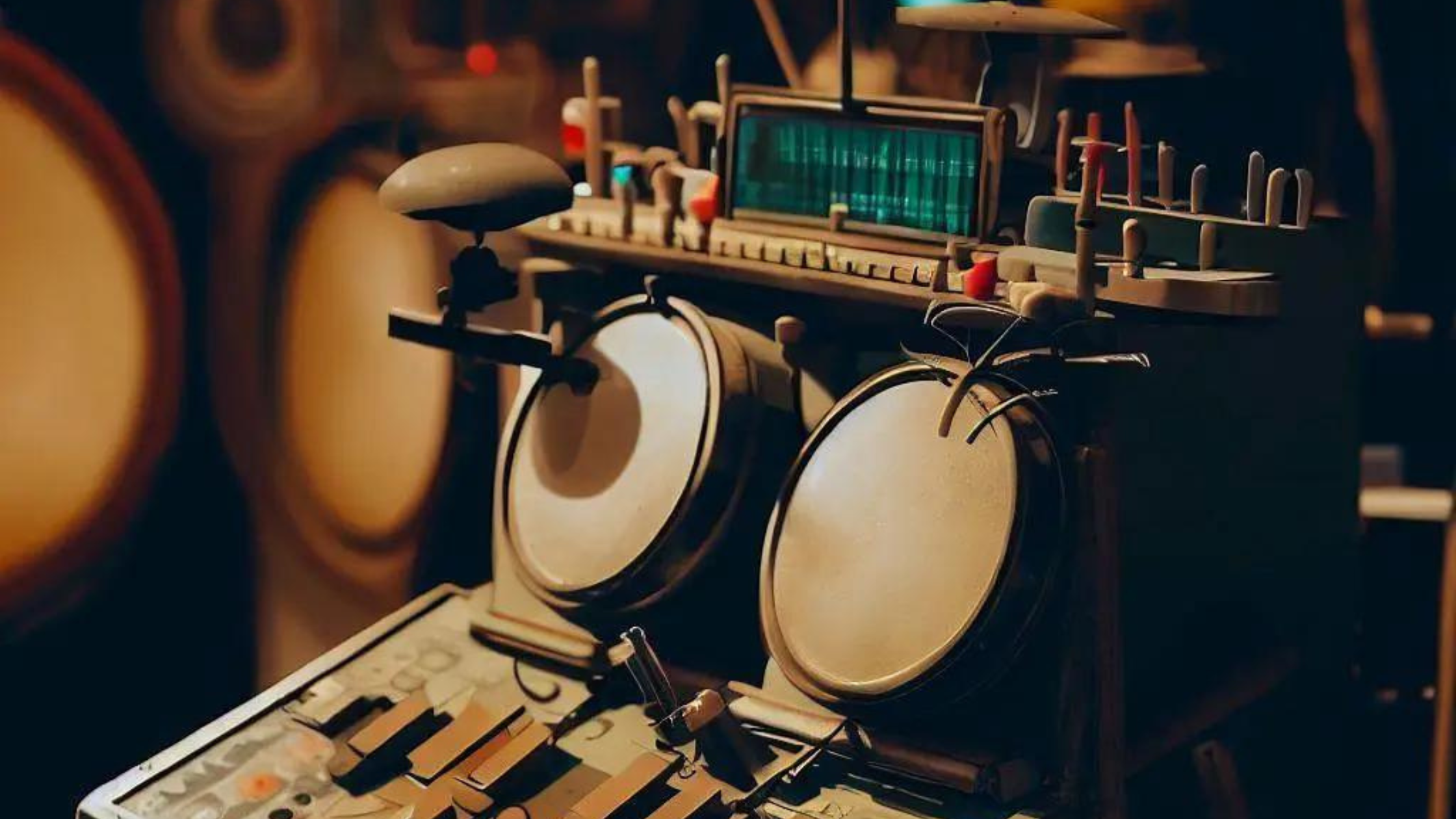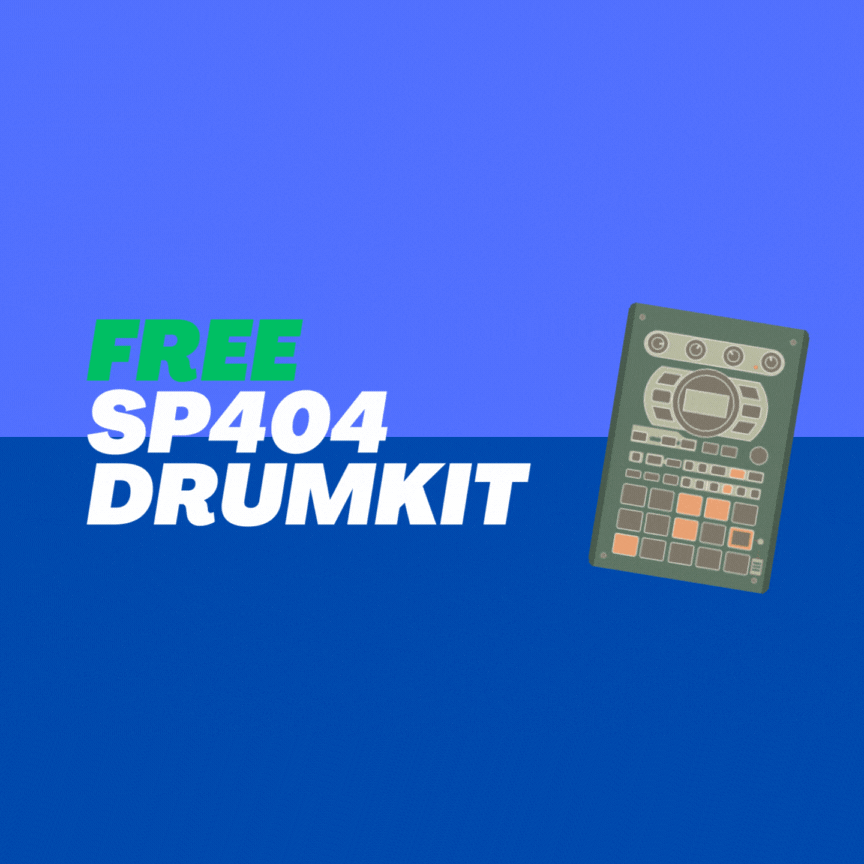
02 May 5 Tips For Better LoFi Drums
What to expect?
If you want to know how to make LoFi Drums, or if you want to improve your existing beat-making skills, this is your article to read!
I want to give you 5 tips for creating some groovy LoFi Hip Hop Drum Patterns.
Drums play a big role in the genre of LoFi HipHop. In addition to the right sound selection, many different factors like swing and velocity play a role in a good-sounding lofi hip-hop drum break.
After several years of constantly making hip-hop beats, I have discovered some techniques that turned out to be very useful in the beat-making process:
Table of Contents
LAYER YOUR SOUNDS
Experimenting with different layers on your drum samples can make them very interesting. Besides just using a higher and a subby kick drum to make the sound a little bit punchier, there are lots of other options to experiment with.
I really love layering my snare drums with some foley sounds from a field recording sample pack. The result always turns out to be amazing!
You can even layer a kick drum with a hi-hat or tambourine – the opportunities are endless! Just try it out for yourself. You will love it!
Quick Tip: I recently released a free sample pack with some great One Shots made especially for LoFi HipHop Beats.

Free sp404 SX Drumkit
USE PERCUSSIVE ELEMENTS
I assume that you are familiar with the standard process of creating a simple Hip Hop drum pattern: Usually, you would take your classic LoFi Bpm (which is from around 83 – 95) Set your snare on the 2 and the 4, program your kicks around that and add a simple Hi-Hat Pattern. Consistently using this loop, without changing it a little bit, can make your song pretty boring.
Percussive elements play a HUGE role in programming some outstanding drums. Try adding some percussive Elements like Shakers, Tambourines, Cymbals, etc. and your loops will sound more interesting immediately!
Quick Tip: I recently released a free sample pack with some great One Shots made especially for LoFi HipHop Beats.
MORE VARIATIONS!
There are several parts in the beat-making process, that lead to a high-quality production. One of the most important ones is creating a great arrangement. (Will cover this topic in the future in more detail)
After you have made a loop with some nice Lofi chords, an interesting drum pattern, a bass, and some other smooth instruments, you want to make sure that your beat doesn’t sound repetitive.
One way to make your arrangement more interesting is to add some variations to your drums. Doing that will upgrade your Lofi hip-hop song structure immediately.
HERE ARE SOME IDEAS OF HOW YOU COULD DO THAT:
- Add some drum fills
- Play a slightly different drum pattern
- Delete different elements out of some parts
- Experiment with some layers on different parts of your beat
GET YOUR SAMPLES IN TUNE!
For understanding this tip we need to dive a little bit into music theory: When you are composing music, it’s always important that the different notes of your instruments are playing in the same or a related key of the whole track.
This is important because if anything is out of key, it will sound wrong to the ear of the listener. If you are a beginner who doesn’t know much about music theory, I would recommend you first learn how to build different scales.
This is essential if you want to make some professional-sounding beats and it will also help you to create a nice Lofi chord progression.
After you are familiar with what notes are in the key of your track, you want to identify the key of every single drum sample in your project and tune it to the key of your song.
This is also forgotten by a lot of producers, but it’s essential to let your beats sound professional.
A quick tip: It’s pretty hard to identify the key your Drum Samples are in. A great free tool, that will help you with that is KeyFinder.
I would recommend loading every single sample of your library into it and identifying the key of them. This software can automatically write it in front of the name of your sample and you will always know which samples will fit together immediately – Great!
USE THE QUANTIZATION FEATURE OF YOUR DAW THE RIGHT WAY
There are lots of great producers that tell you: “Don’t quantize your beats, because it will kill the swing of your drums.” It’s true that non-quantized drums sound more realistic and groovy.
But that’s only possible if you are very good at finger drumming. In my opinion, quantization is great, if you use it the right way.
Here are two techniques of how I use quantization:
QUANTIZE YOUR DRUMS FOR A CERTAIN AMOUNT
If you are not a super-pro but quite good at playing your drums with a MIDI-controller. This technique can be pretty useful: Record your drum pattern, and open the quantization menu.
After doing that you set the percentage for how much your drums should be quantized. I usually quantize them for around 10-30%.
USING GROOVE TEMPLATES:
You should always remember: The developers of your DAW know a lot about music and how to create it. When it comes to drum programming, there are two factors, that make your patterns sound more human and groovy: swing and velocity.
If you are working with MIDI, you will always have some options to adjust these two parameters with some preconfigured groove templates. In Fl Studio, you can even create your own custom templates, by detecting the swing of a drum break you like. (Don’t know if this feature is also available in other DAWs. If it yes, you will definitely find a tutorial on YouTube for it.)
Applying one single template to the whole drumbus may sound a bit robotic, because a lot of them are pretty basic. You can easily avoid that by applying different templates to different sounds.
I usually apply one to my kicks and snares, grab a second one for my Hi Hat Patterns and one for my velocity. This is a great way, if you have a drum pattern in your head, but can’t play it by yourself.
Conslusion
A groovy drum pattern builds often the foundation of a smooth LoFi Hip Hop Track. You want to select some great sounds, get your samples in tune and make sure that they have a decent groove.
This article really just focused on how to get your drum breaks more musical but didn’t dive deep into how to mix them which also plays a huge role. Hope that you found this article helpful and that it will help you in your future productions!



No Comments